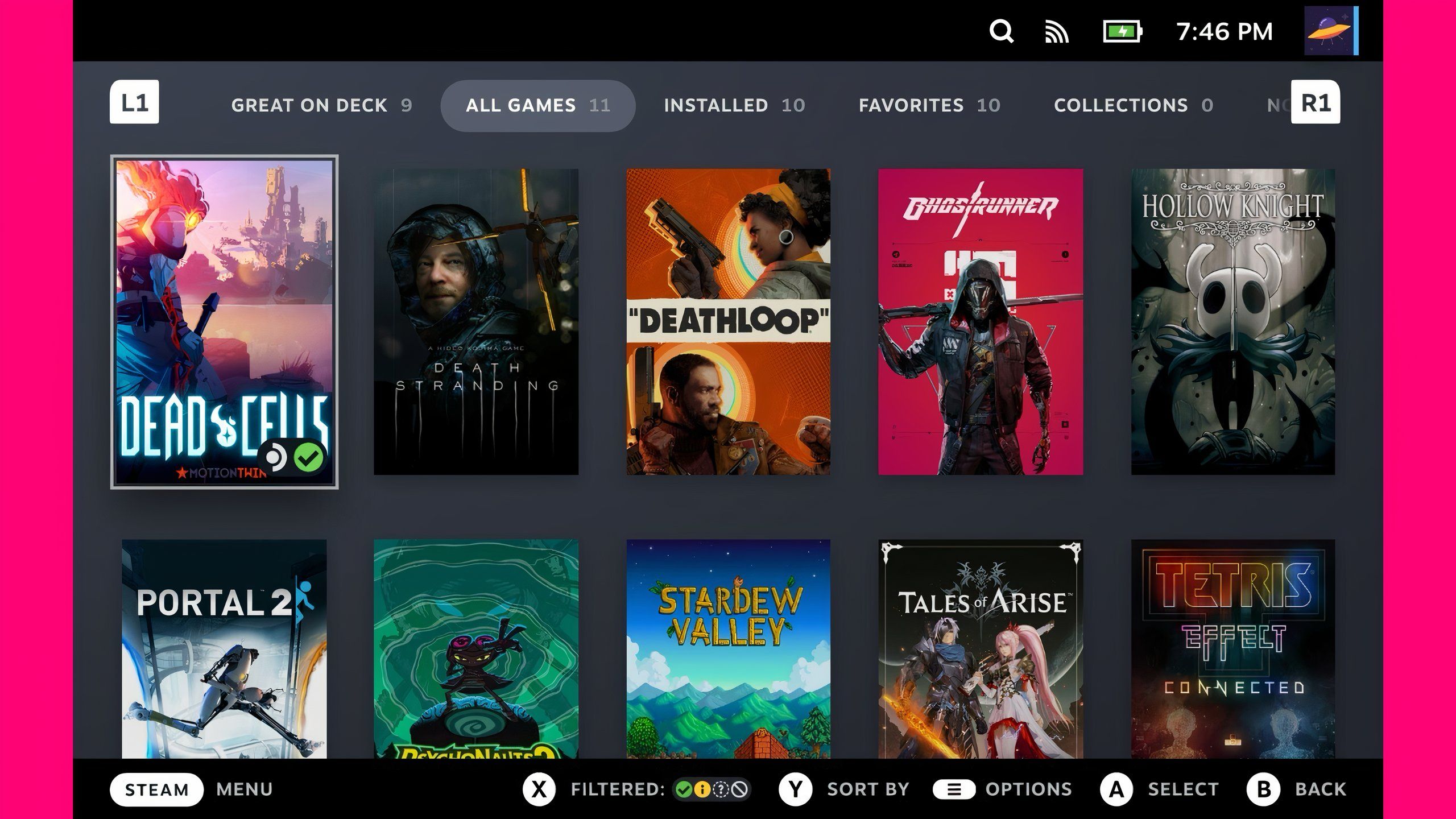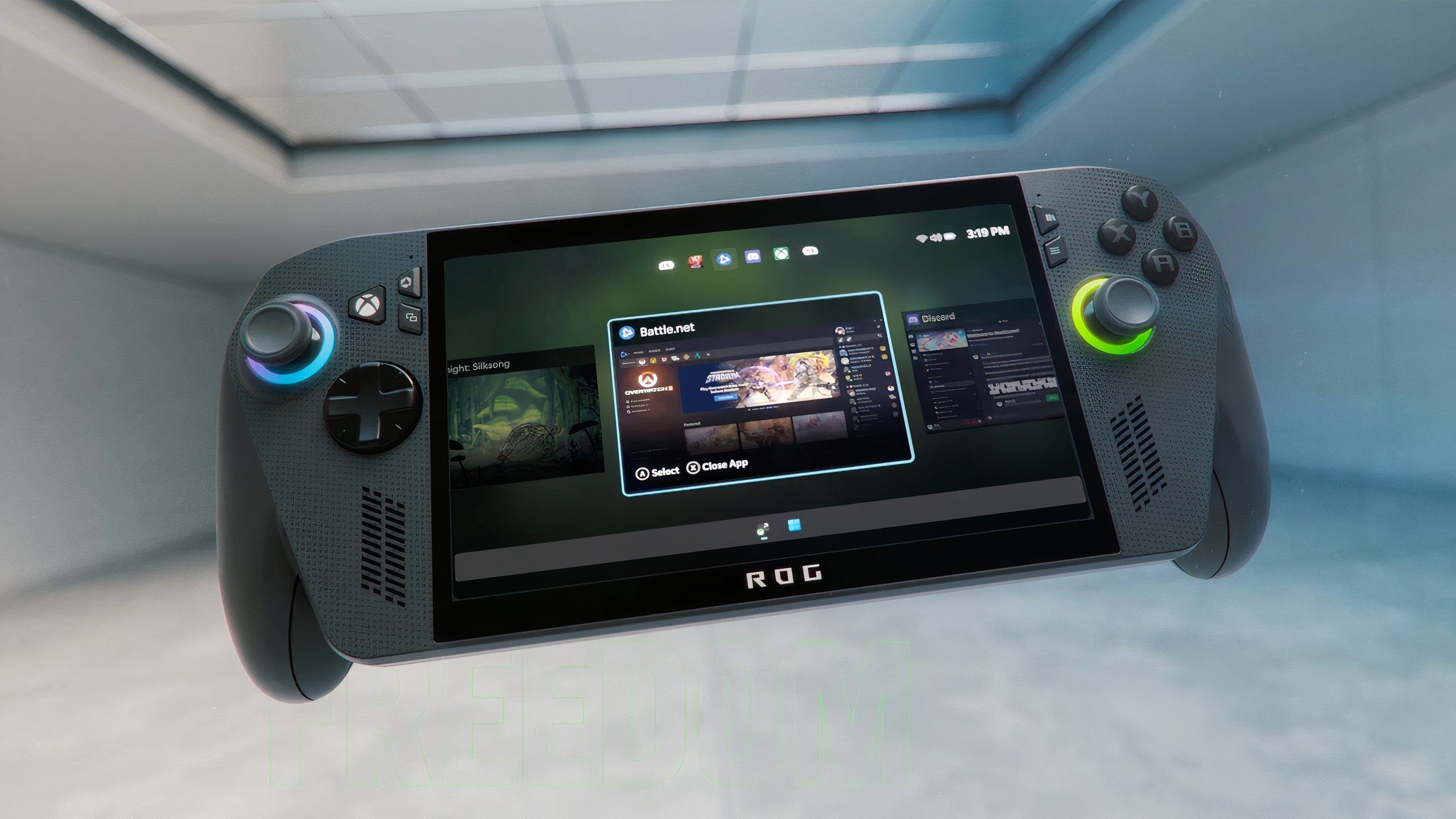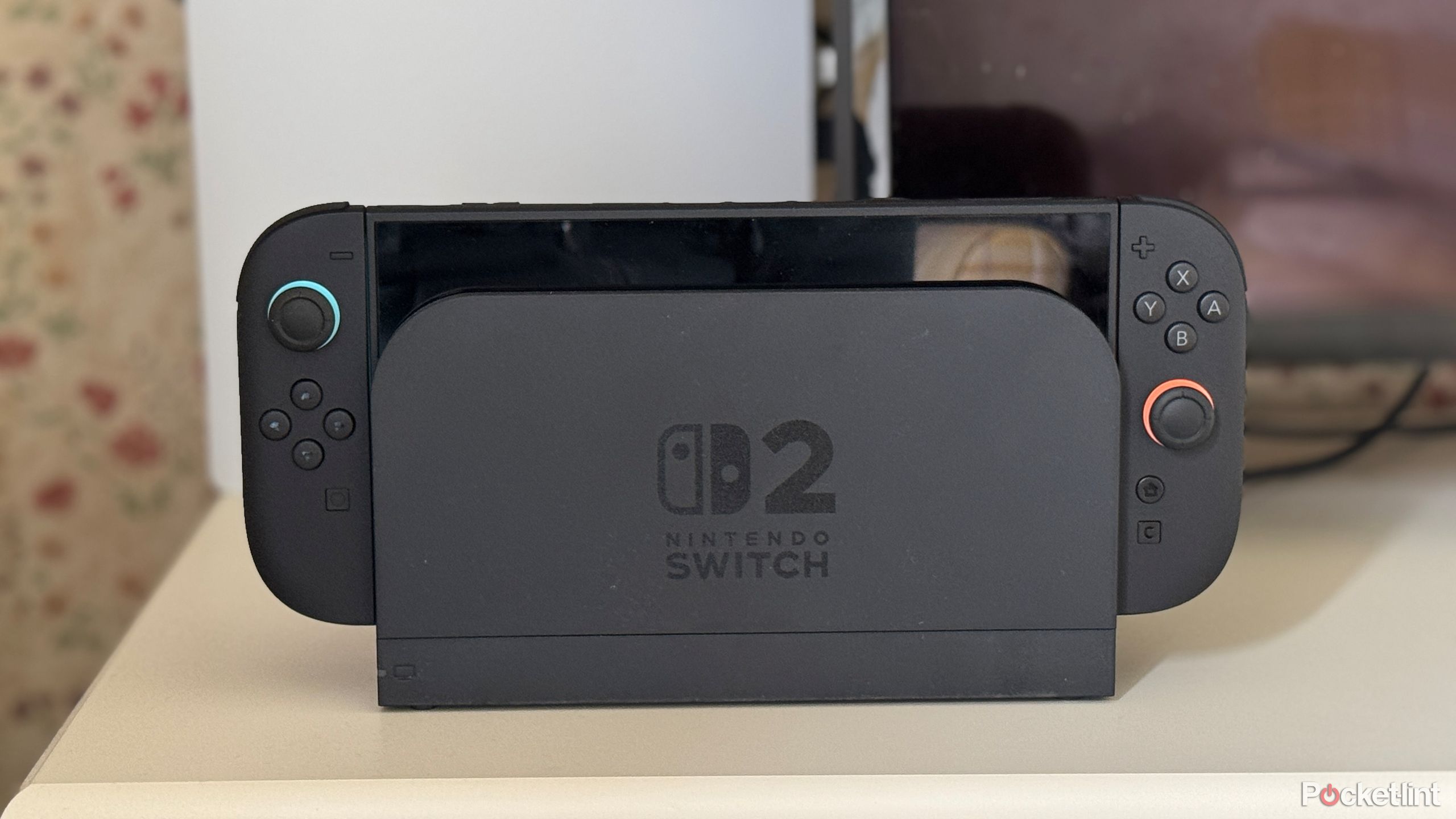Summary
- Steam Deck was a success due to its efficiency and compatibility, something competitors struggled with.
- Access to SteamOS on other device and a handheld-friendly version of Windows could change things.
- Whereas the Steam Deck was the best option for most people, now the playing field is becoming more even.
The Steam Deck was a surprise for a variety of reasons, but the biggest reason was because it worked. Valve’s previous attempts at hardware were either good, but expensive, like the Valve Index VR headset, or niche to the point of being failures, like the Steam Controller and Steam Machines. Not only was the Steam Deck comparatively powerful when measured against the consoles it aimed to replace, but it was also the first time Valve’s oddball approach unequivocally worked. The Linux-based SteamOS really was more efficient to run than Windows and Valve really was able to build a compatibility layer (with the help of developers at CodeWeavers) that made running Windows games possible.
The success of the Steam Deck didn’t stop anyone from trying to compete. If anything, it encouraged companies like Lenovo, Asus, and MSI to try. The Lenovo Legion Go S and Asus ROG Ally seemingly exist because there’s enough interest in handheld PCs that even a less effective version can get attention. With SteamOS coming to more devices, Microsoft finally revealing how it plans to adapt Windows for handheld gaming, and the Switch 2 proving to be powerful enough to keep up, the Steam Deck’s spot at the top of the heap could change very soon.
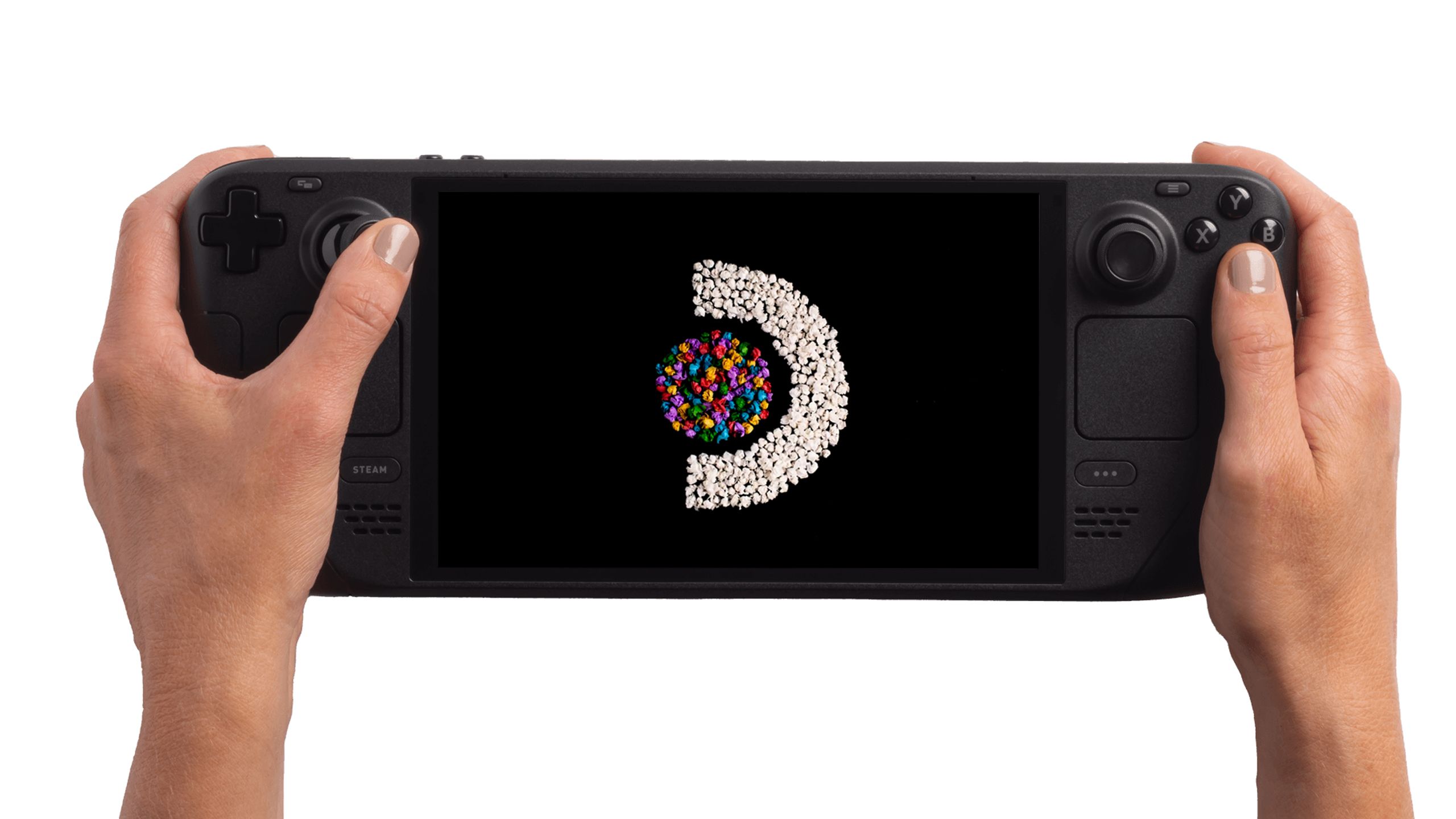
- Playing Time
-
3-12 hours
- Brand
-
Valve
- Weight
-
1.41lb (640g)
- Chipset
-
AMD APU
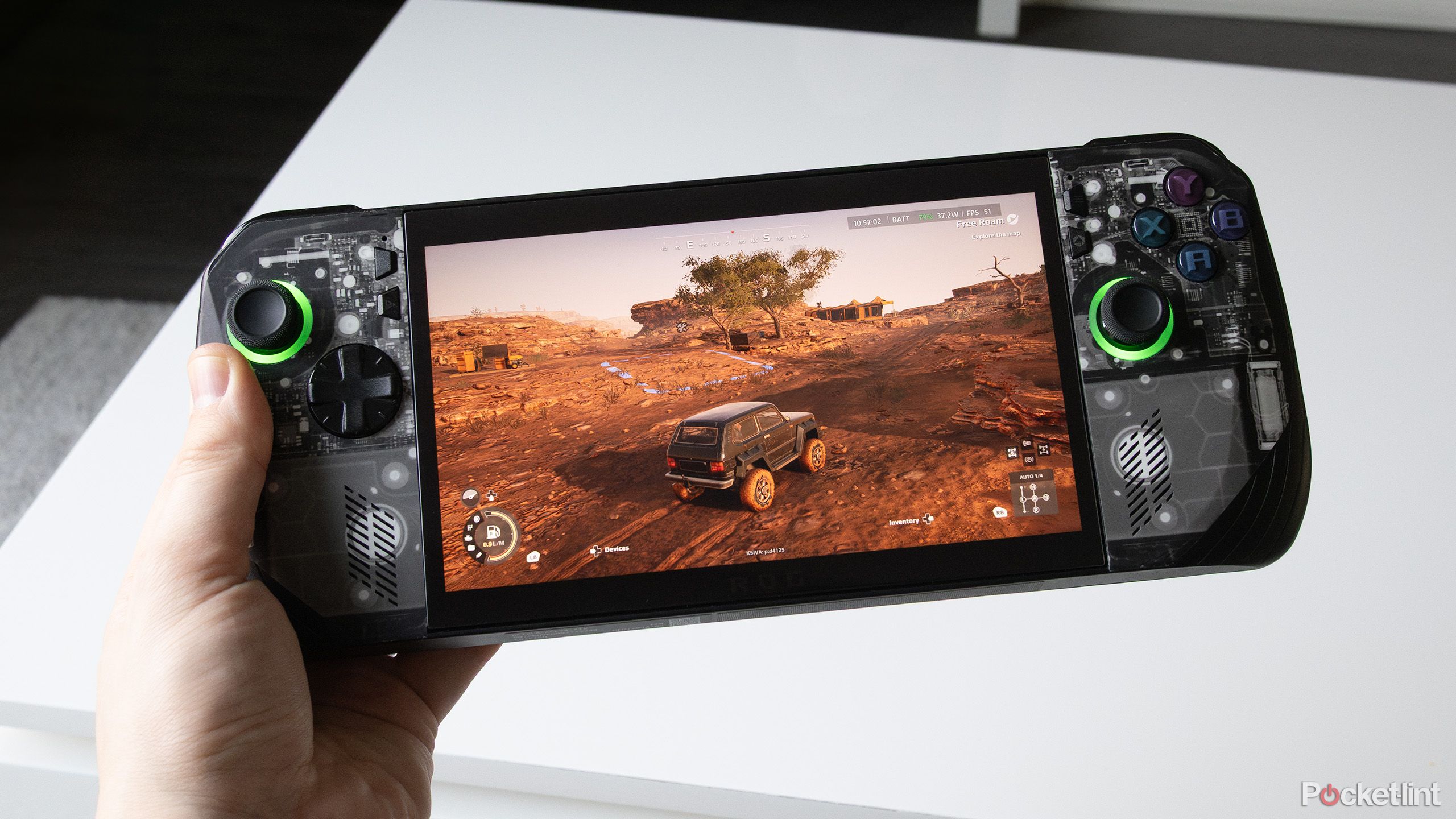
Related
I wasn’t expecting the ROG Ally X to outshine the Steam Deck quite this much
Both gaming handhelds have specific strengths and weaknesses, but generally, the ROG Ally X reigns supreme.
The Steam Deck’s advantage is how console-like it is
Power-efficient enough to go to sleep
An underappreciated aspect of handheld game consoles before the advent of the current PC handheld craze was a reliable ability to save your state. You could close your DS in the middle of the game and pick up where you left off days later just by opening it. Modern consoles try and offer a similar experience with Standby modes, app switching, and Quick Resume, but nothing quite as common sense as closing a lid or pushing a button to put your handheld to sleep.
It behaves a lot like a PSP or a Switch, just sipping on battery power until you need it again.
Importantly, the Steam Deck lets you put your game and hardware to sleep just like those classic handhelds, without having to worry about losing your place or the battery draining. It behaves a lot like a PSP or a Switch, just sipping on battery power until you need it again. Valve’s work building out Steam’s controller profiles, so that you can make PC games behave more like console games, has had a similar positive impact, making the whole thing feel “easy” in a way PC gaming typically doesn’t.
The same can’t be said for Windows and the growing number of other PC handhelds. By default, Microsoft’s desktop operating system keeps a lot more processes running in the background in comparison to the Steam Deck’s SteamOS. That’s fine for normal productivity tasks on a computer plugged into a wall, and a lot less power-efficient for a handheld console with a limited battery capacity. Many of the Windows-powered handhelds are more powerful than the Steam Deck, with almost guaranteed compatibility since there’s no Linux to deal with, but with far worse battery life because of software inefficiencies.

Related
Should you get an LCD or OLED Steam Deck?
It’s mostly a question of budget and how diehard you want to be.
A SteamOS expansion and an Xbox-ified Windows could change everything
Suddenly, everyone is handing out software that could make things better
Valve / Pocket-lint
Valve makes money off of developers selling games on Steam, something owning a Steam Deck definitely makes it more attractive. The Steam Deck is as close to a machine for encouraging impulse purchases as Valve is likely to make. As long as people are buying games, though, the company is happy. That likely explains Valve’s decision to license the Steam Deck’s Linux operating system, SteamOS, to other companies: It’s a simple way to get Steam in front of more people.
Up until now, fans willing to tinker have been getting the next best thing with custom firmware called Bazzite, which recreates the interface of SteamOS on devices Valve doesn’t officially support yet. Now that there’s an official way to use Valve’s software, Bazzite’s prominence could soon change. The Lenovo Legion Go S is the first device other than the Steam Deck to come with SteamOS pre-installed. It’s a streamlined version of the Lenovo Legion Go from 2023, with an AMD Ryzen Z1 Extreme chip. Valve has suggested other devices will get SteamOS, too, and the operating system might even become available to anyone who wants to install it.
Microsoft
If you don’t want to put your faith in Valve’s compatibility layer, Microsoft is now also offering its own take on a lightweight handheld operating system. It’s still Windows, but filtered through an Xbox-inspired interface not dissimilar to the current Xbox app for Windows. The key innovation Microsoft has made is creating a way to only load the parts of Windows necessary to download and run games, and not any of the extra features that could bog down performance or battery life. The new interface can also reportedly launch games from other storefronts, including Microsoft’s own, though it doesn’t have a way to natively play actual Xbox games without streaming them.
The new Xbox experience for Windows is currently limited to Asus hardware.
The first devices that will actually run the new software are the Asus ROG Xbox Ally and the ROG Xbox Ally X, modified versions of Asus’ existing handhelds. They seem like promising, potentially more powerful revisions, but it remains to be seen if they’re better than what’s currently out there.
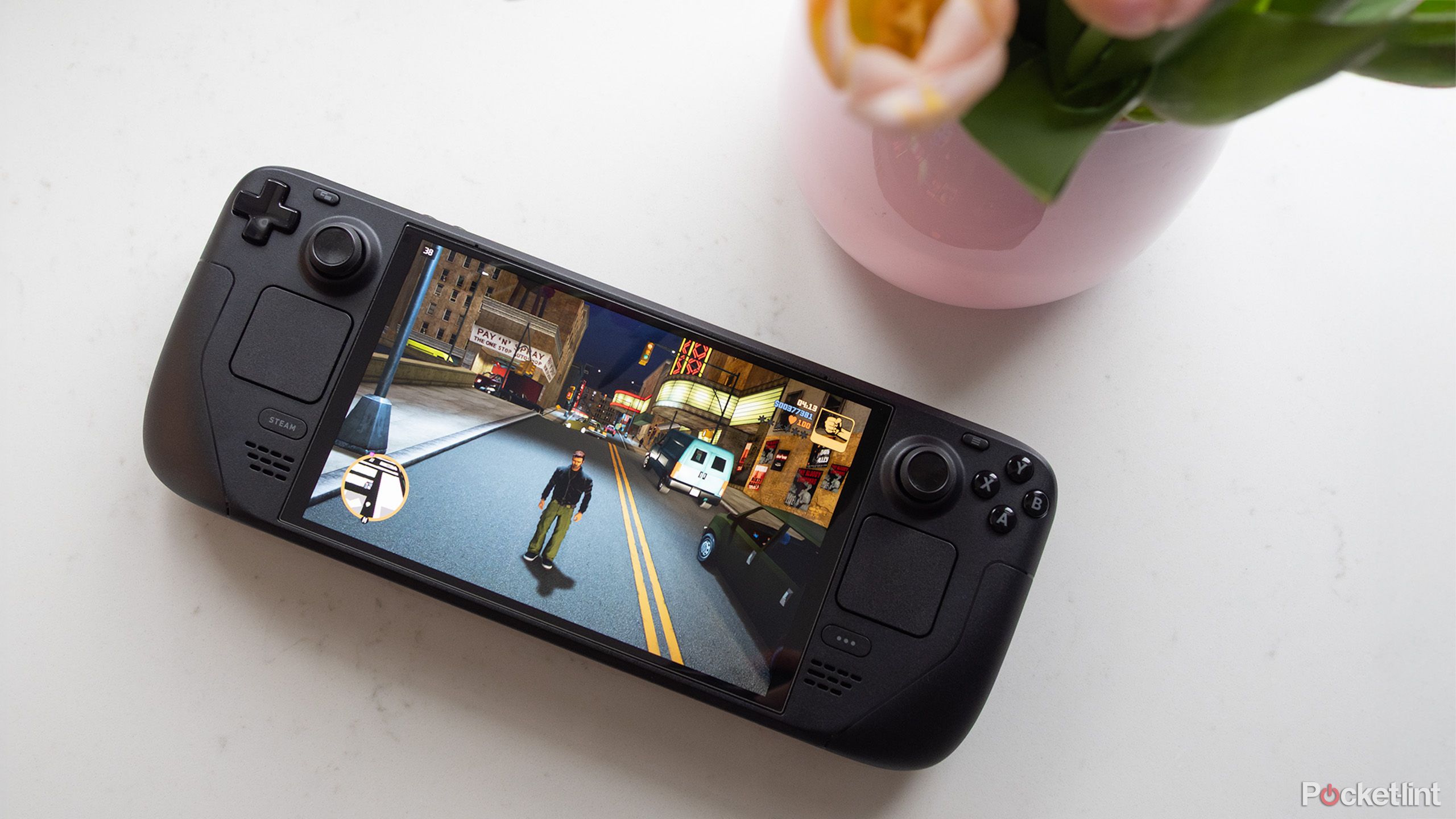
Related
The ROG Ally X is great, but the Steam Deck OLED easily beats it in 4 key ways
I like the ROG Ally X, but when it comes to on-the-go gaming, I find myself turning to the Steam Deck OLED – here’s why.
There’s never been a better time to buy a handheld
More competition benefits everyone
Combined with the recently launched Nintendo Switch 2, which is powerful enough to play demanding games like Cyberpunk 2077, there are now many ways to play games on-the-go. Whereas before it might have been foolish to recommend anything other than a Steam Deck or a Switch to the vast majority of people, things have changed.
The Steam Deck might not be the best option for anyone, and the fact that’s the case is only a good thing at this point. For more information about PC gaming and handhelds, Pocket-lint has in-depth coverage of the Asus ROG Ally X and a look at whether a laptop, desktop computer, or handheld is the best option for you.





